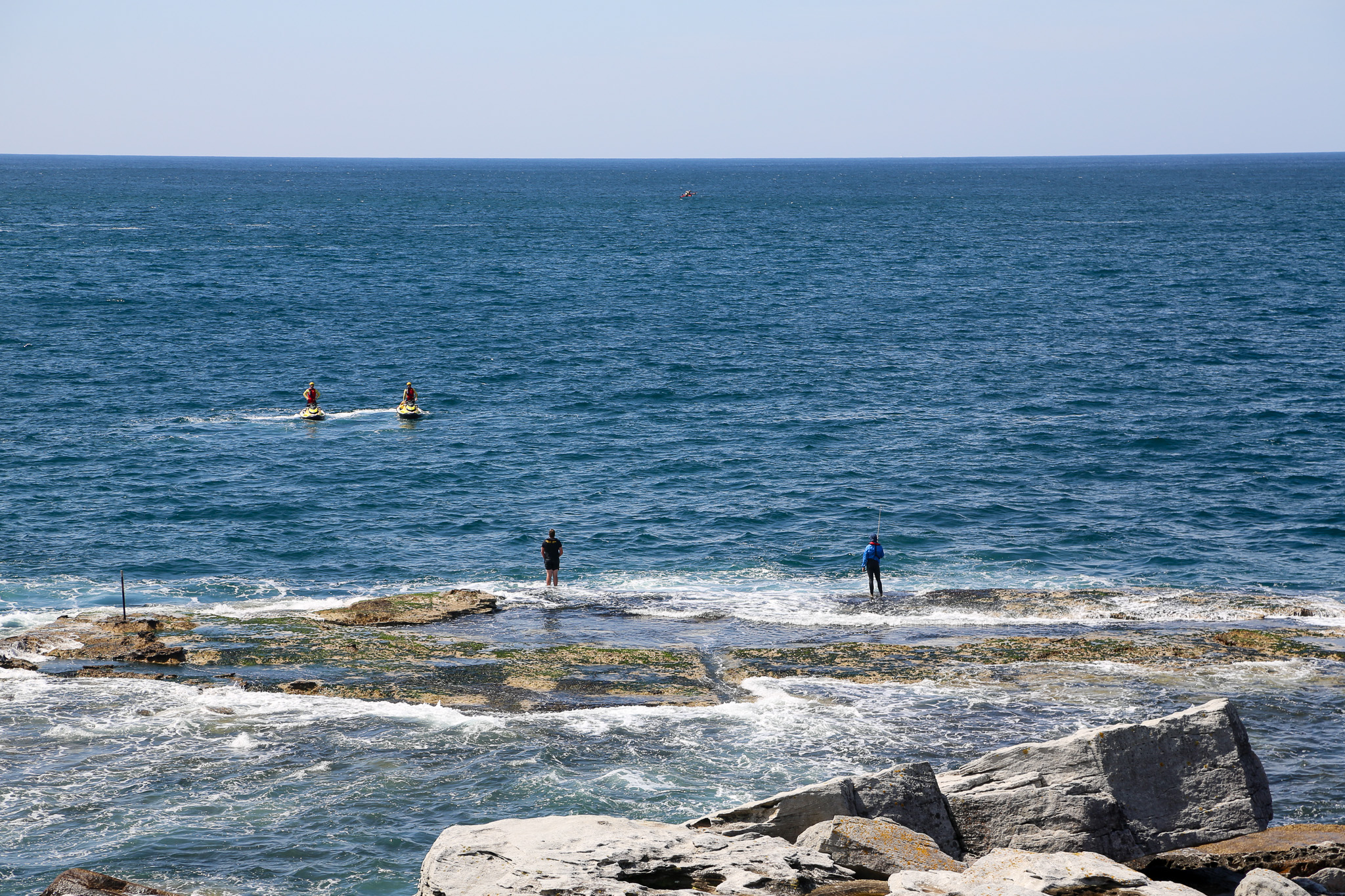A new lens on rock fishing safety through AI camera trial
22 November 2025, 8:43 AM

Surf Life Saving NSW is trialling a new Artificial Intelligence (AI) camera technology to help prevent rock fishing tragedies at some of the state’s highest-risk coastal locations.
The SAIL Project (Surveillance AI for Lifesaving) harnesses AI to improve coastal safety by detecting incidents in real time and alerting rescuers sooner, extending lifesaving capability beyond the red and yellow patrol flags.
The trial, jointly funded by the NSW and Federal Governments, uses AI-enabled cameras to identify when someone is washed off the rocks or enters the water unexpectedly and alerts lifesavers and emergency services.
Cameras capture continuous video feeds, and when AI identifies an emergency event, the SLSNSW State Operations Centre (SOC) is alerted, who then task the closest, most appropriate rescue resource to respond.
Post-incident data will be used to refine the AI model, effectively training the technology to detect people in trouble as it happens.
A 14-month trial is underway at two high-risk coastal sites: Little Bay and Kiama Blowhole. These locations were selected based on incident data and their complex hazard profiles.
In the last 10 years, there were eight rock fishing drowning deaths in the Randwick LGA, with five of them occurring at Little Bay.
Already, the trial has resulted in the rescue of fishermen swept off rocks during a heavy swell at Malabar, with a jet ski dispatched to pull them from the water after cameras identified them falling in.
When rock fishing in a declared area, fishers are required by law to wear an appropriate lifejacket, including children and anyone helping them fish. Declared areas can be found here.
The NSW Government is investing $23 million over four years into Surf Life Saving NSW to support volunteer efforts to protect our coastline.
This funding is delivering jet skis and emergency response beacons up and down the coast, targeting known coastal blackspots and helping to extend the reach of life saving services.
Minister for Emergency Services, Jihad Dib said, “This trial uses AI technology to support the work of our lifesavers – if it can help us respond faster to prevent tragedies it is worth exploring. This is a great example of how our emergency services are harnessing new technology to protect communities.
“Both Kiama and Little Bay have sadly seen too many heartbreaking incidents. By working with Surf Life Saving NSW, we’re taking practical steps aimed at making the NSW coastline safer – and already, we are seeing lives saved.
“Our investment in surf life saving jet skis also means we can expand the reach of our life savers beyond the beach, with technology like this helping better direct emergency services to people in danger.”
Surf Life Saving NSW CEO Steve Pearce said, “Little Bay has sadly been the site of so many rock fishing accidents and emergencies attended by our lifesavers and callout teams.
“Using AI to detect when someone gets washed off the rocks and being able to keep them in sight once in the water means we can respond so much sooner to perform a rescue.
“Rock fishing remains one of the highest risk activities and I urge rock fishers to wear a life jacket every time they fish and avoid situations where they put their lives at risk this summer.”

